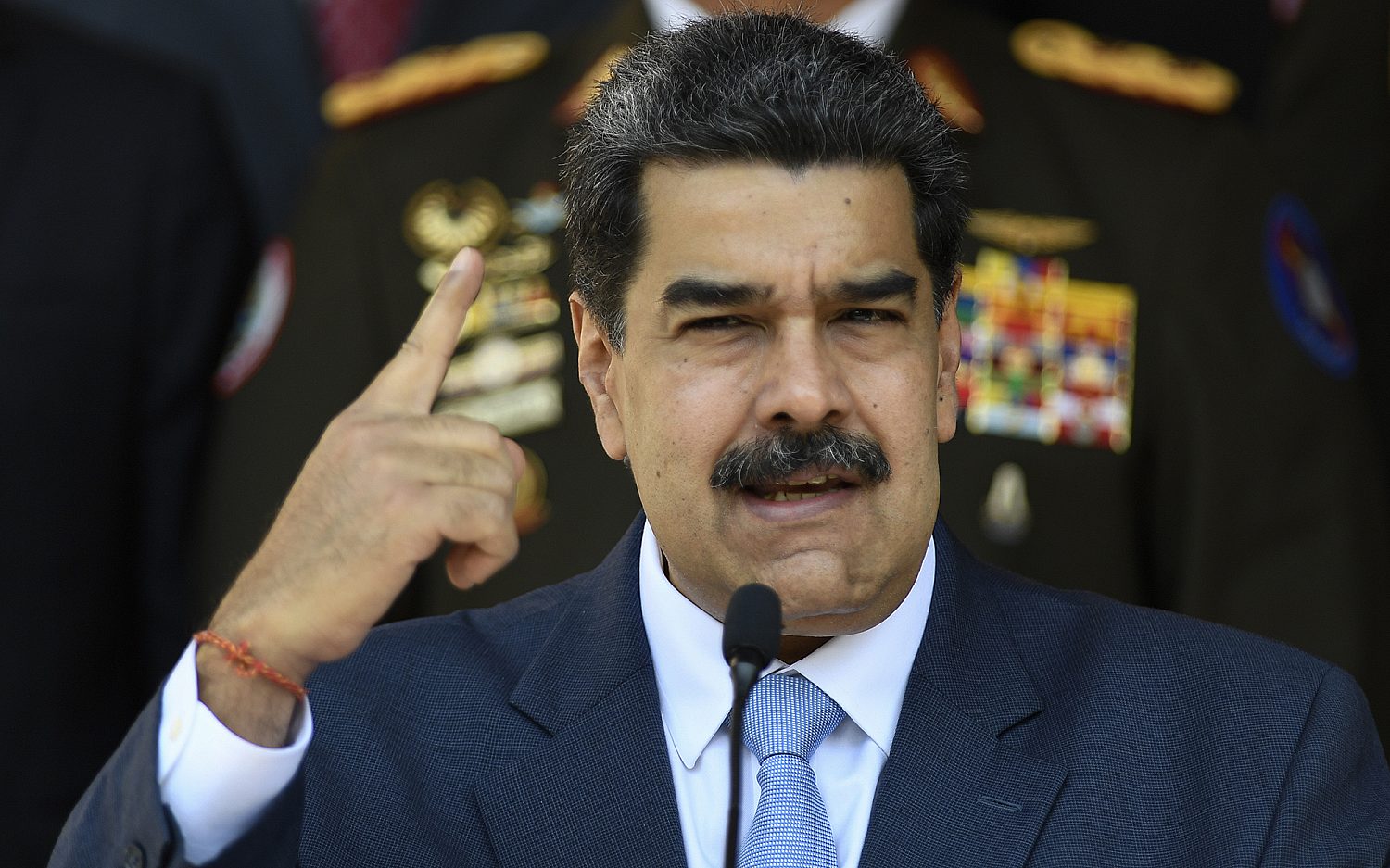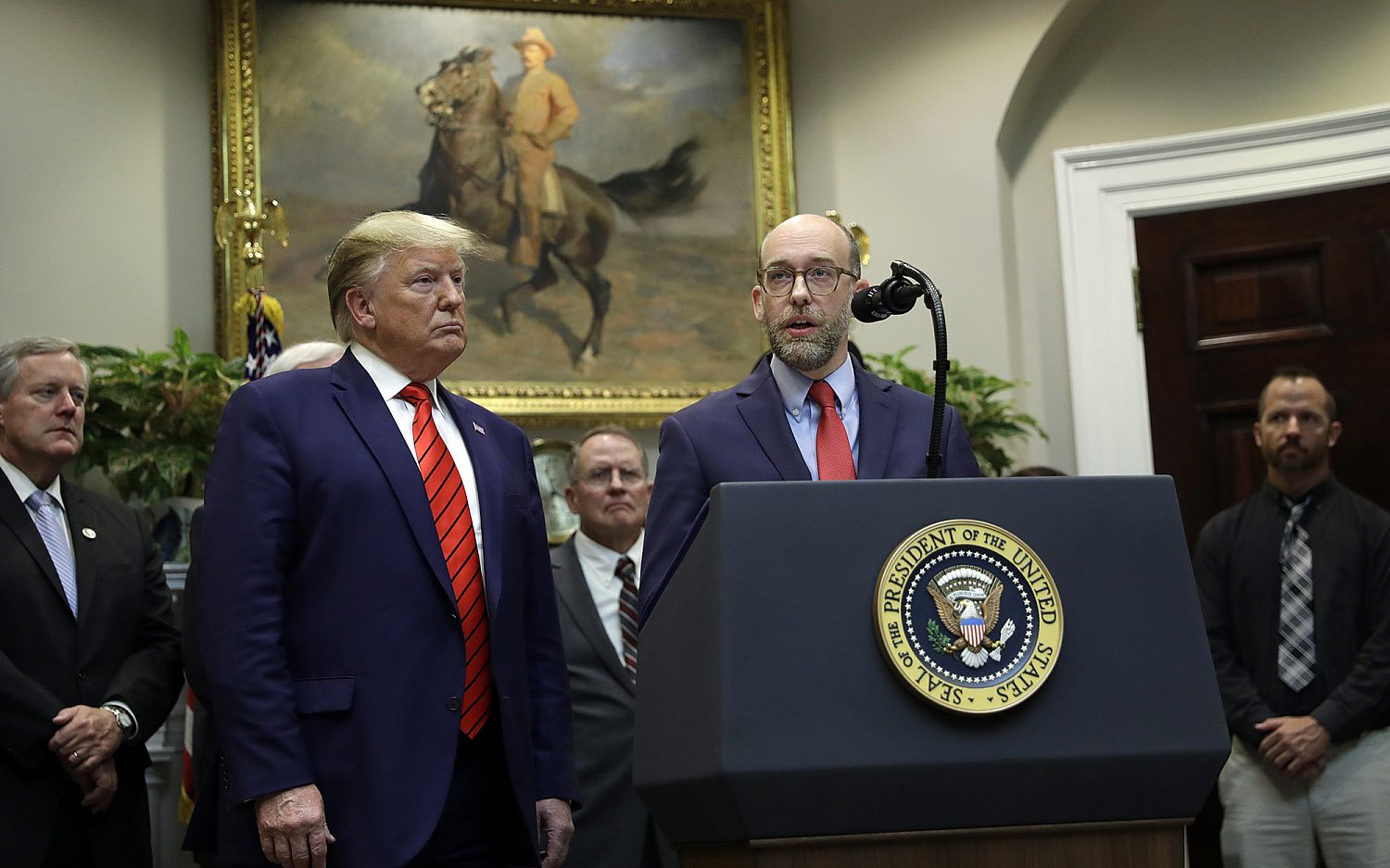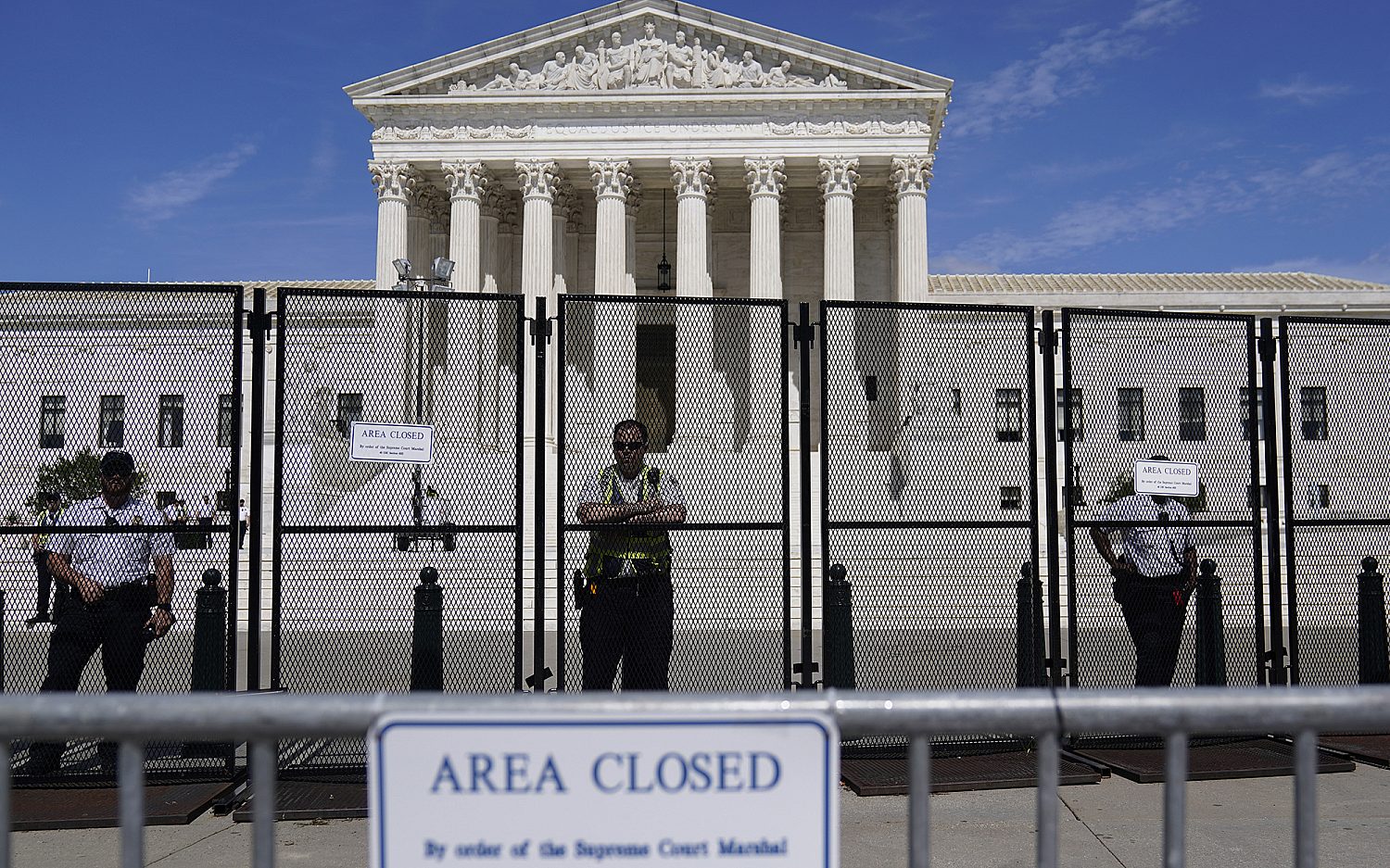Native adoption trend takes hold in Eastern Europe
Every year since 1990, thousands of American families have adopted children from overseas—22,700 annually at the peak in 2005, according to State Department figures. Many of those were from Eastern Europe.
But the number of international adoptions to the U.S. has plummeted since then—down to 9,300 in 2011—as countries around the globe closed the door on international adoption altogether or stiffened requirements, producing years-long waits and miles of red tape. Some countries cancelled foreign adoptions because of the inconvenience of abiding by the Hague Convention, an agreement that requires member countries to screen adoption agencies and prevent child trafficking, according to The Washington Post.
With international aid cut off, many orphans around the globe have little hope of placement—but their chances are improving in Eastern Europe, where a wave of “indigenous” adoption is sweeping through countries like Romania and Ukraine as Christians and non-Christians alike open their homes.
In Romania, about 9,000 children annually become orphans, but both state law and prejudice against gypsies have traditionally hindered all kinds of adoption. But local families are rising to the challenge.
“We’ve been really encouraged by having more adoptive families come than we thought possible,” said Christian Feavel, executive director of Romania Reborn. The organization has helped place more than 300 orphans in adoptive homes.
Similarly in Ukraine, “God is doing something special here,” said psychologist Jon Bergeron of Hope for Orphans. “God is raising up local churches. We have the heads of many different churches speaking with one voice.”
The interest in adoption has been spurred by revival in churches, Bergeron said, and orphanages themselves are working harder to publicize the plight of the children and how much harm they suffer in the institutions as a result of chronic neglect. “When kids grow up in orphanages, they don’t develop as well,” Bergeron said. “They have limited social or relational skills.”
Once adopted however, a child can receive the love and care he or she needs to develop. According to Bergeron, there are “amazing stories of kids in loving families who move on to do amazing things.” And while adoption is about giving a better future to a child, it’s also about saving souls, he added.
Encouraged by the upswing in adoptions, Both Bergeron and Feavel see a hopeful future for Eastern European orphans. In Kyiv, Ukraine, hundreds of pastors and Christian leaders from various denominations met in March for a conference on orphan care, according to CBN.com. Mingled in the crowd were about 160 families that have adopted or fostered Ukrainian children, including the first Ukrainian couple to adopt an HIV-positive child.
Ten years ago, Svetlana lived with a dark past in Ukraine. Her future husband, Evgeniy, was also Ukrainian—and a drug addict with HIV. But the couple became Christians, and soon they began to dream of a Ukraine without orphans.
After their marriage, Svetlana and Evgeniy became the first couple to adopt an HIV-positive child and they went on to adopt six more, all with HIV.
“If someone told me 10 years ago I would have this many children today and would be married to an HIV positive man, I would say that’s humanly impossible,” Svetlana said in a clip on CBN. “But God birthed in us something special.”
“Ultimately, we believe the church is the answer,” Feavel said. “It’s where God can change hearts. It is a testimony of Christ’s salvation for us that we can show to unbelievers and orphans.”
An actual newsletter worth subscribing to instead of just a collection of links. —Adam
Sign up to receive The Sift email newsletter each weekday morning for the latest headlines from WORLD’s breaking news team.




Please wait while we load the latest comments...
Comments
Please register, subscribe, or log in to comment on this article.